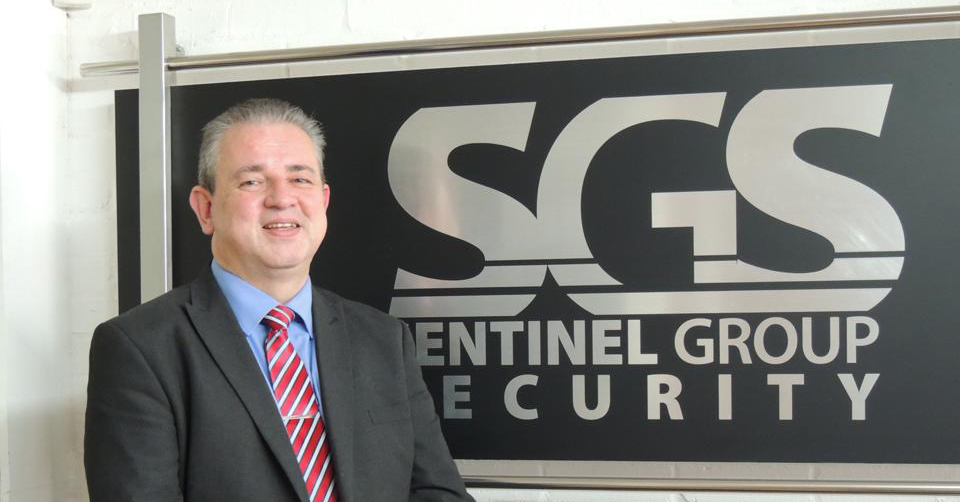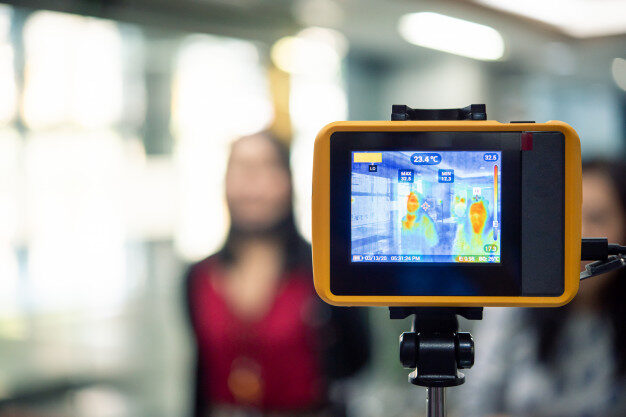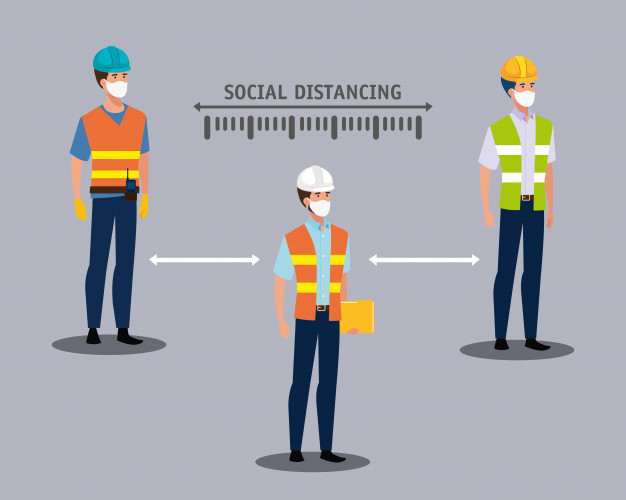An interview with Rob Whiffing | Security Excellence & Projects Director

As many businesses go back to work, senior leadership teams across the UK are considering the best solutions for a variety of changes required to get us all back to work safely. We caught up with our Excellence Manager, Rob Whiffing, to find out more of his thoughts and learning in the past two months:
Where do you think employers currently are in terms of their understanding and implementation of the new regulations?
I think most employers are trying to find their way through what is a largely unprecedented set of regulations. Another difficulty is that we are all working to information that was discussed two weeks ago and is likely to change again at any point.

- Breakout areas are quite small in most modern buildings to maximize the use of space. They will now need to reduce occupation by up to 2/3 to meet regulations. Staggering breaks and providing a means to letting employees know when they are free to use certain facilities will have to be considered. Possible solutions include CCTV cameras which recognises the allowed number of people and changes an outside light to red/ green as required.
- Toilet usage will also need to be managed. This can be done by counters installed on the door which will change the outside light from red to green. if unisex facilities are used, installing a sensor in the corridor might work.
- Desk space would have traditionally been maximised in open space offices but now up to 2/3 of them will have to remain empty. If employees cannot be put into a bubble space, companies will have to provide barriers and procedures to help them follow social distancing. For example, companies could consider increasing the normal sound barriers on booths, thus making the workstations into a cubicle rather than an open plan space.
- Another problem is smoking/ vaping zones, this is normally a group activity which will need to be stopped and staggered. Companies will need to also consider how smokers get tested when getting back into the building, so, that measures can be taken to recognize who has already been tested.
In summary, there are many details that have not been taken into account, those cover every day work practices which will need to be managed through process and supervision. In the main, companies will have to work out the logistics of putting people into the right locations, staggering the shift times and ensuring the car parking is managed by groups to reduce cross contamination. In the end, all you can do is affect the workplace environment and not what is happening outside of it which is why continuing to review procedures every day are key to making it work.
What good examples have you come across?
I have seen some good measures put in place using technology and robust processes. These include:

- Infra-red temperature testing
- Marking floor spaces to designate personal spaces
- Footprints/arrows guiding you across the building
- Splitting workforce to groups, red and blue for example, and keeping them in constant bubbles which are easier to control
- Managing Shift working through moving from working in one team to two or three. This requires consultation in some cases but allows for the maintaining of the social distance required.
- Those who work from home successfully continue doing so. There are many solutions online to help this work well.
- Using appropriate PPE, using gloves and masks but also clear visors in situations where clear communication is key
In your opinion, what does a good solution look like?
I don’t think there is one solution that works, instead you should choose what is the best for your business environment. A few good examples are:
- Where reception is replaced by security, allowing the reception team to meet people as they come in, managing the guest services process, check their temperature and take them through the new procedures. Then hosts can then meet them and escort them in if applicable.
- Have floor walkers who constantly monitor and encourage people to comply with the measures put in place.
- Develop the ability to draw upon rapid response that enables the building to be emptied, sealed, and deep cleaned then reopened once safe again.
To summarise, a good solution will include a visitor management process that reduces the impact of the pandemic and subsequent social distancing through: Good practices, effective use of technology and excellent communication through customer service skills. Essentially it helps people understand what is required and make them feel as comfortable as possible. Once a clear process is in place, people will get used to it and follow it as the new norm.
What lessons has SGS learned in terms of employee management in the current environment?

The thing to remember is that we never stopped working, our various security, mobile and reception teams have been in operation throughout. Our Managers have kept in touch with our officers and maintained standards to ensure they are well supported. As part of a wider soft services workforce we have continued to deliver our services, which has allowed our customers and their businesses to remain safe, secure, and where possible, open.
In these unprecedented times, we have learned that there is always a way, whatever the new situation and new regulations are, there are always solutions that allow most companies to continue operating. We are happy to share our experience and discuss your specific circumstances so get in touch to see how we might be able to help you.

